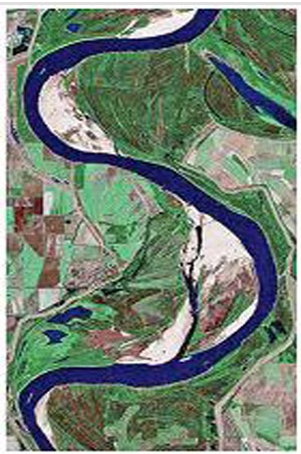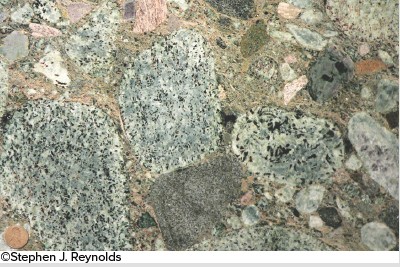Discuss the environmental economic research of Robert Constanza
What will be an ideal response?
Constanza is an environmental economist from Maryland who set out both a theoretical and practical framework to measure the value of Earth's ecosystems. He worked with other scientists to try to quantify the costs associated with duplicating all the goods and services that nature provides. These goods and services include tangible resources such as food, clean water, nutrient cycling and shelter, as well as intangible services such as cultural value, spiritual renewal, education and recreation. The results of his studies which were published in Nature in the 1990s indicated that trillions of dollars would be needed annually to supply the goods and services that nature provides to us. The question of how to quantify these things is debatable. However, a follow-up study published in Science in 2002 similarly concluded that our natural environment is worth trillions of dollars. In conclusion, these studies show that conservation is a bargain, and nothing is worth nature's destruction.
You might also like to view...
What type of stream is shown in this figure?

A) Braided stream
B) A stream whose channel has a low sinuosity
C) Meandering stream
D) A stream that lacks point bars
E) All of these are correct.
The captain of the first ship known to circumnavigate the world was ________
a. Sir Francis Drake b. Ferdinand Magellan c. Christopher Columbus d. Prince Henry the Navigator
What type of rock is shown in this photograph?
A. crystalline rock B. rock with minerals that are too small to see C. clastic rock D. None of these choices are correct.
Which of the following allows cetaceans to remain submerged for extended periods of time?
A) Some have less red blood cells per unit of blood volume as terrestrial animals. B) They are faster breathers than terrestrial animals. C) They can extract almost 90% of the oxygen in each breath. D) They have a smaller blood volume per unit of body mass. E) They have less myoglobin in their muscle tissue as terrestrial animals.